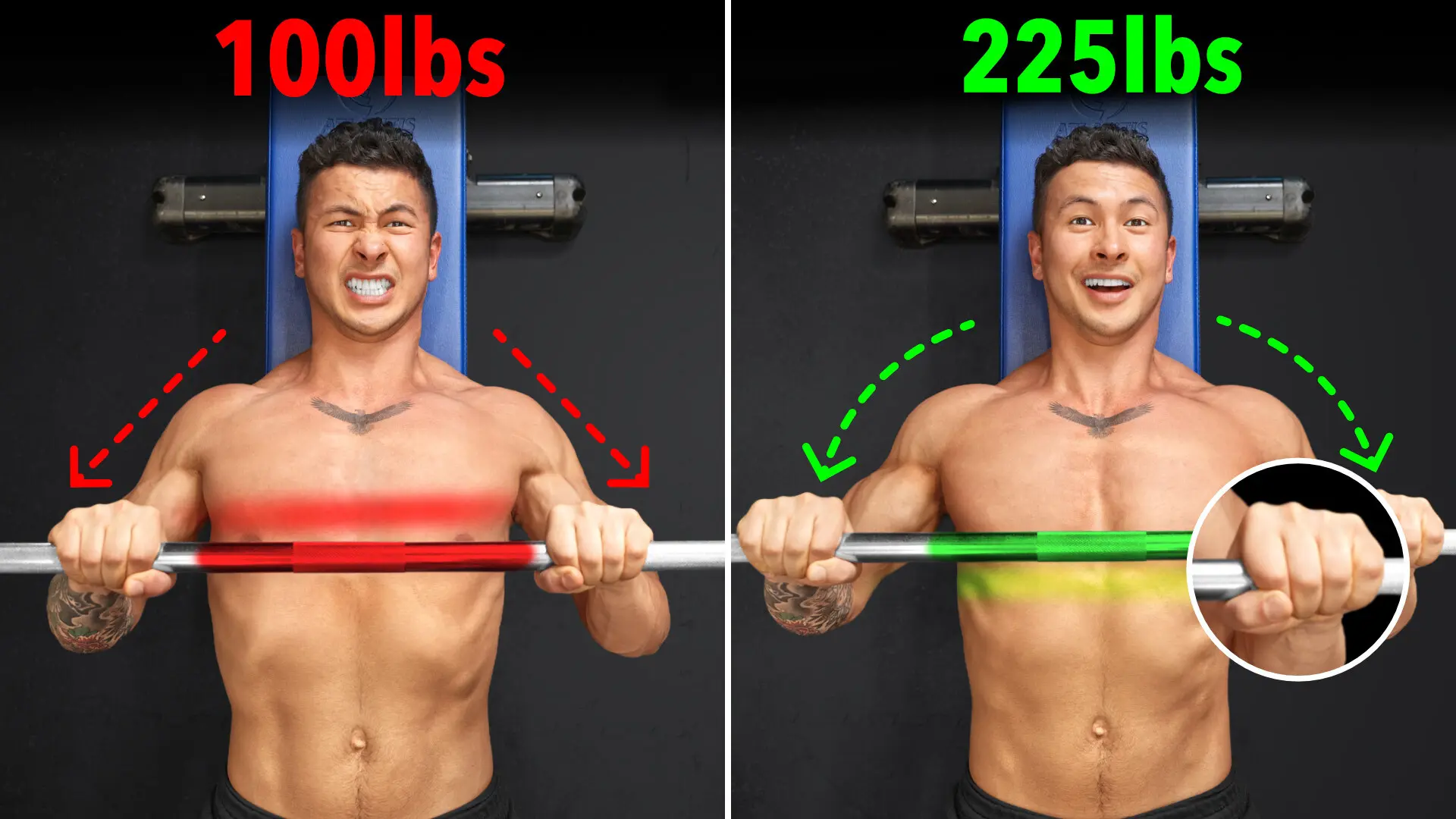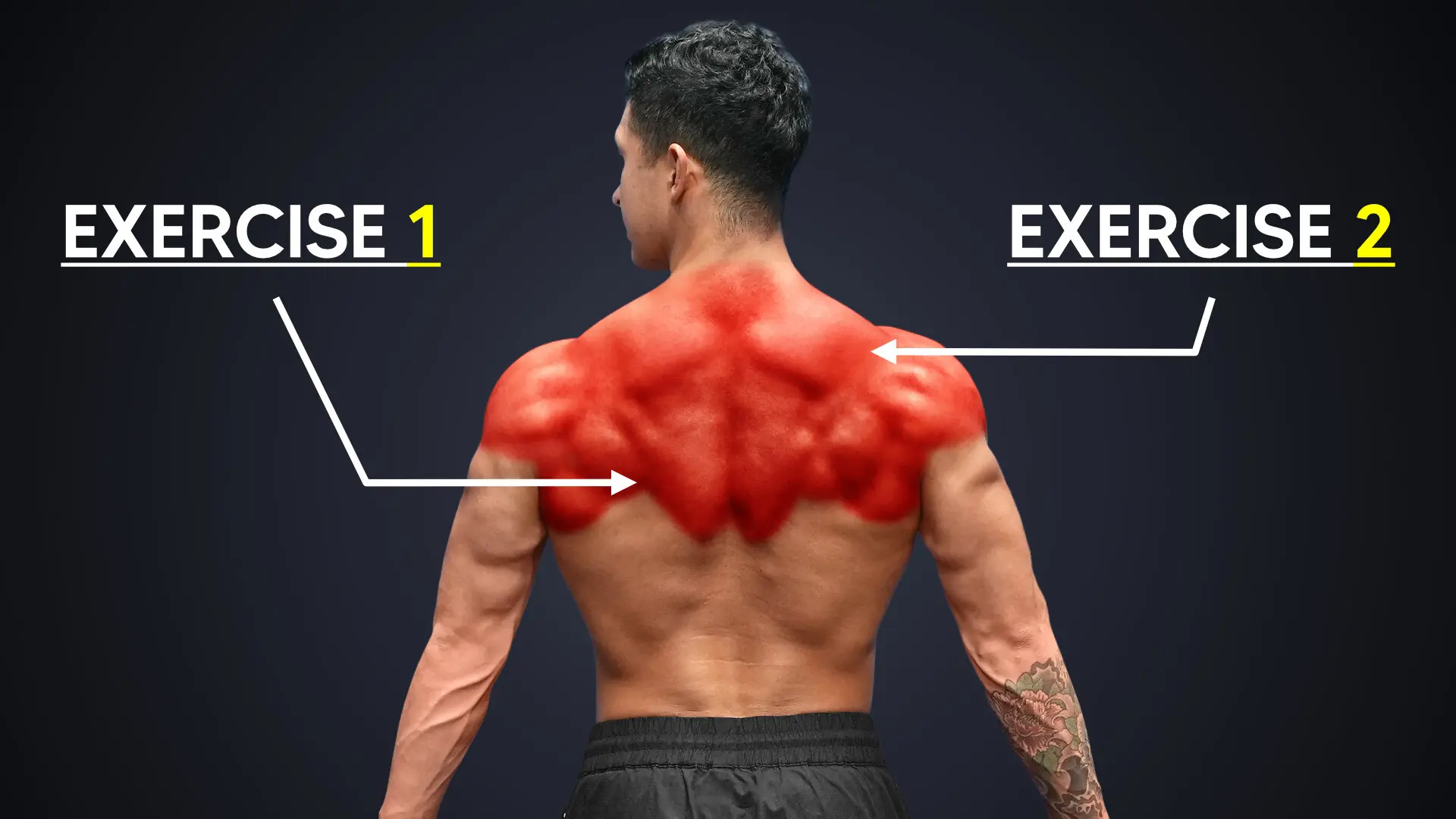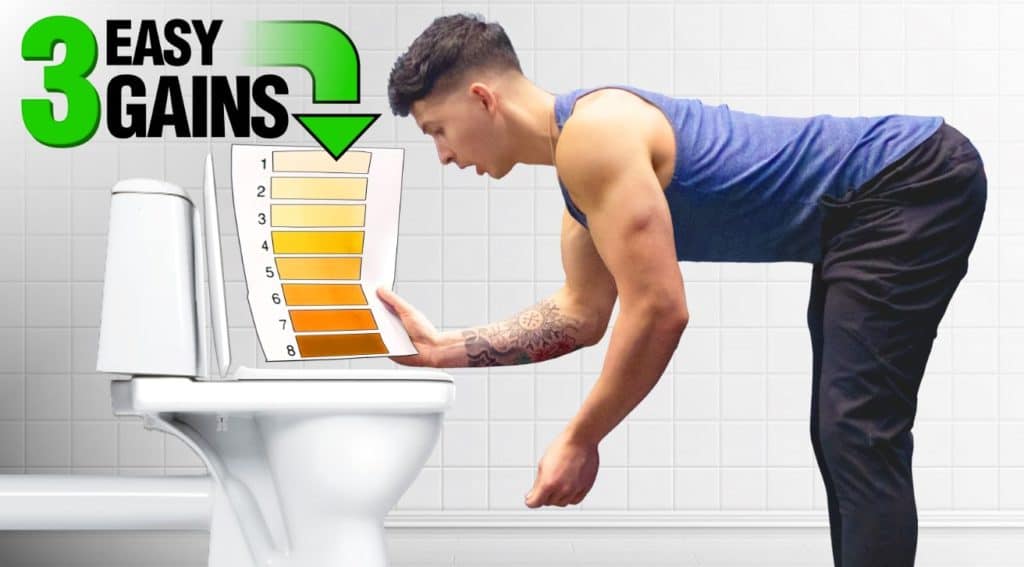
The 3 BEST And WORST Things To Do Before A Workout
How much muscle you gain is not just determined by what you do during a workout. It's also affected by the things you do before. Here, find out what you need to do before a workout for optimal gains.
The colour of your urine…
The timing of your cardio…
The type of warm-up you do.
The state of these 3 things, BEFORE your workout, dictates how effective your workout WILL BE at building muscle. In this article, I’ll show you how to check and fix each three before working out. Which will go a long way in ensuring that you’re getting the best possible gains.
Looking for a training program that'll take care of all these factors - so you avoid making these gains-killing mistakes in the first place? I've got just the thing for you. I’ve designed every program of mine to be an all-in-one, science-based process that’ll get you to your dream physique FAST. For more information:
Click the button below to take my analysis quiz to discover the best program for you:
↓
#1 - Check The Color Of Your Urine
The color of your urine affects muscle growth. Wait, what? Well, it matters because it shows how hydrated you are. And your hydration, in turn, matters, especially when building muscle, because it affects your workout performance.
How To Check Hydration Levels
How can you tell if you’re properly hydrated? Simple. Take a look at your urine color the next time you use the washroom. Although it’s crude, the color of your urine is the easiest way to get a good general indication of your hydration levels. Consistent urine colors between 1-2 indicate that you are generally well-hydrated. Scores between 3-4 indicate minor dehydration levels equivalent to 1 – 3 %. While scores between 5-6 indicate significant dehydration levels equivalent to 3 – 5 %.
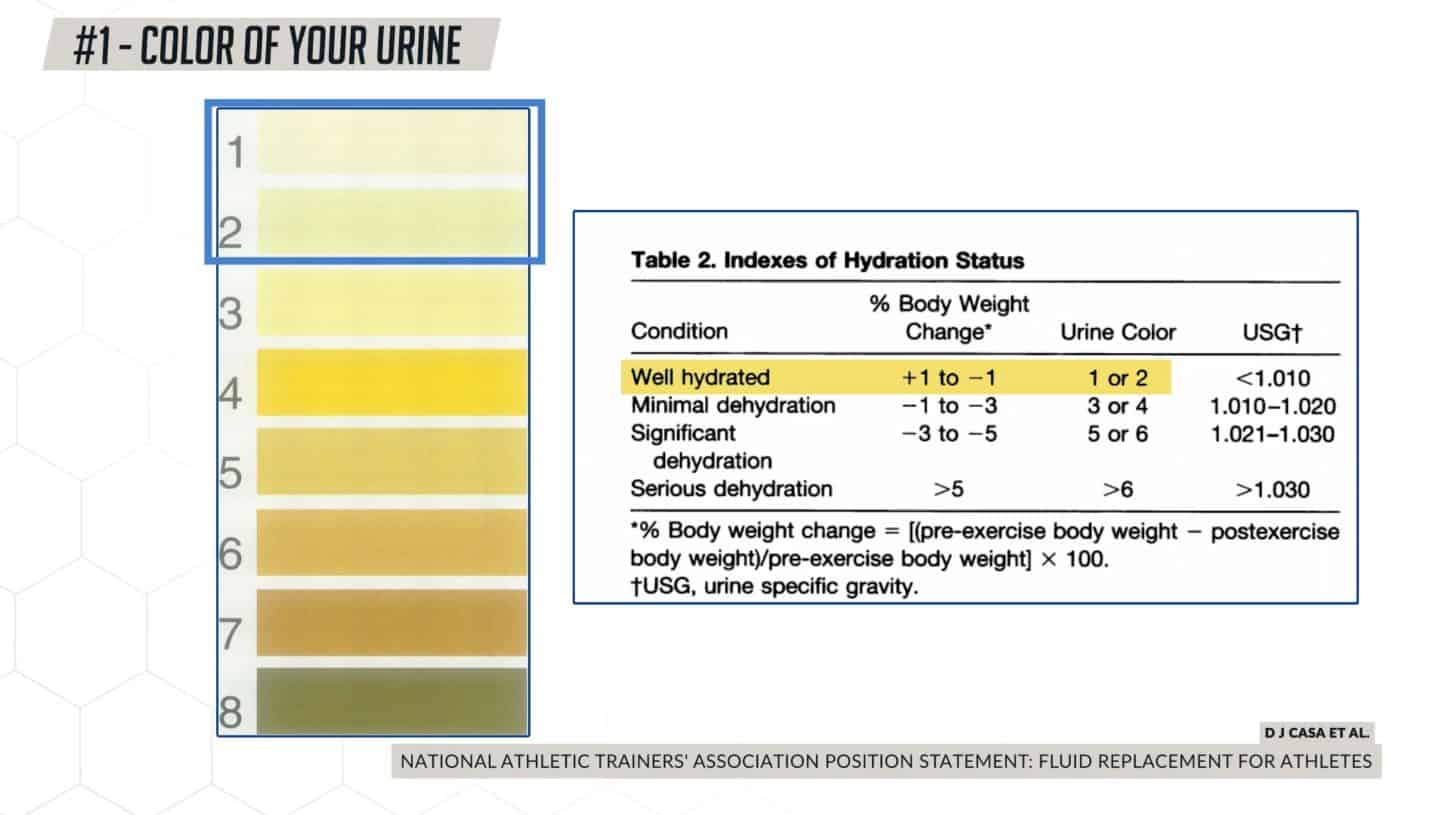
Why You Need To Drink Water Before Your Workout
How does this relate to your workout? Well, we know that muscle function starts to become impaired with dehydration levels as little as 1%. And dehydration levels as little as 2%, which would look like the following, has been known to decrease performance and motivation in the gym.
Illustrating this is a 2001 paper that took weight-trained males and had them perform their 1 rep max of the bench press while they were well hydrated. This translated to a urine color of about 1-2 on the scale. In this hydrated state, they were able to lift an average 1RM of 260 lbs. They then had subjects repeat this while in a mildly dehydrated state of 1.5%. This meant that their urine color would now be around a 3 on the scale. As a result, their 1 rep max decreased by an average of just over 15 lbs (down to ~244lbs). Then, they re-hydrated the subjects. Guess what? Now, the subjects were once again able to (more or less) perform what they could initially (260 lbs).
Another paper looking at rep performance instead of strength found a similar effect. When participants were dehydrated by just 3%, a urine colour around 4 on the scale, they on average performed significantly fewer reps during each of their sets. That is, on average, 1 to 2 reps less each set for the following exercises:
- Bench press
- Lat pulldown
- Overhead press
- Barbell curl
- Triceps press down
- Leg press
... This is when compared to when they were well-hydrated.
How Much Water Should I Drink Before A Workout?
Meaning that many of you can get an easy bump in your performance by simply making an effort to drink enough water before your workout rather than going into it dehydrated.
More specifically, you should make sure that the color of your urine is anywhere between 1 to 2 before starting your workout. If it’s not, then you need to do a better job of hydrating yourself. A good recommendation is to consume at least around 500-600 mL (17 to 20 fl oz) of water an hour or two before your workout. And at least another 500-600 ml closer beforehand (20-30 minutes).
And if you’re somebody who works out first thing in the morning, then being adequately hydrated before your workout will be even more important for you to pay attention to. So, it turns out there’s a good reason why gym bros carry a gallon jug with them everywhere after all.
#2 - Avoid Doing Cardio Before Lifting In Your Workout
Next, should you be running before or after your workout? Or, in other words, when should you do your cardio? Moving your cardio to after your workout - rather than before - will help prioritize energy for your weights workout. Which is what builds muscle. Yes, performing cardio does burn more calories than lifting does. But it can also interfere with your lifting performance.
So, generally, here's what you want to do to avoid any interference. You should separate your resistance training and cardio sessions by several hours. Or, even better, put them on separate days altogether depending on how long and intense those cardio sessions are.
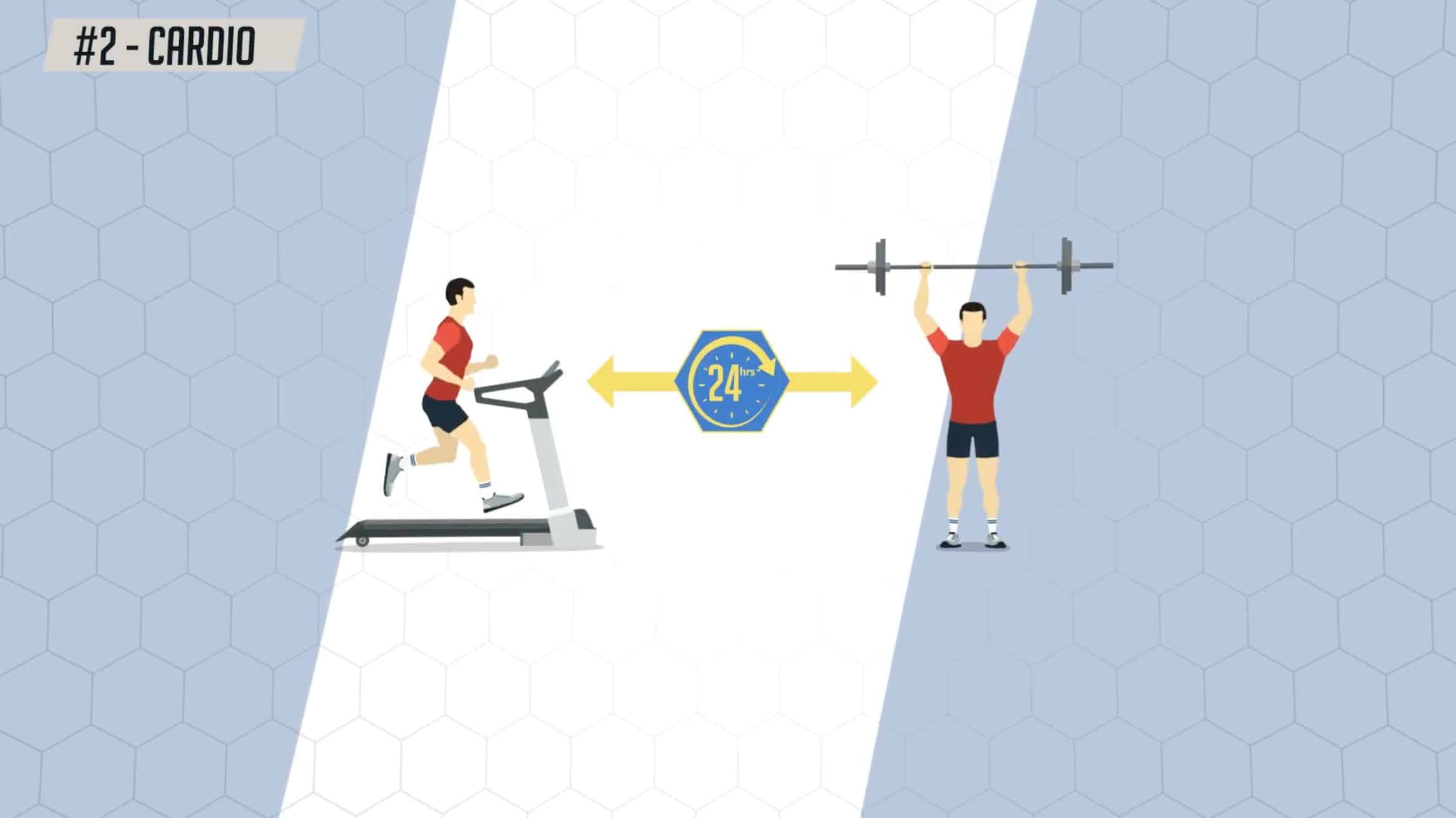
Practically speaking, though, not everyone has the luxury of time to do this. So, if you are going to perform cardio and resistance training in the same session, it's best that you save cardio for after your weights workout. Rather than doing it before. This will help minimize any potential negative effect on your weights workout.
What Happens If You Do Cardio Before Lifting?
Illustrating the importance of putting your cardio after your workout is a 2003 paper. Here, participants performed 45 minutes of either high-intensity intervals or low-intensity steady-state cardio on a stationary bike. This was then followed by 4 sets to failure of leg press. The findings? Researchers found that both cardio methods significantly reduced the total number of leg press reps that participants could perform 4 hours after their cardio session. And even up to 8 hours after their cardio session!
In line with this, a 2017 systematic review and meta-analysis found that increases in lower body strength were significantly greater when participants performed their strength training before cardio.
What do all these findings mean? Well, it just means that if your goal is to maximize performance and muscle growth, then you'd be best off leaving your cardio sessions for after your weights workout. Or even at a separate time altogether. This is especially true if the cardio session you'll be performing will involve any of the muscles you'll be training in your weights workout that day.
Ultimately, you'll always have to make tiny adjustments to your workout routine to suit your fitness goals. This is especially if you're short on time. But knowing which modifications to make can be tricky. And this is where our 3-on-1 coaching program comes in. You’ll have a dedicated coach assigned to you (plus myself and a dietitian) to guide you every step of the way, so you never have to worry if the way you're training is hurting your gains (instead of boosting it). To find out more:
Click the button below to find out more about the 3-on-1 coaching program:
↓
#3 - Make Sure To Do Your Warm Ups Before A Workout
Next, warm ups. Admittedly, performing too much cardio before a workout can indeed have negative impacts on your performance. But this is no excuse to skip out on a proper warm up. Why? Well, because doing so can also hinder your performance!
But unfortunately, many people screw up their warm ups by missing the sweet spot where you're:
- Doing just enough to warm up your muscles and joints you're about to use WITHOUT
- Using up excess energy that could otherwise be used towards your actual workout
Dividing Your Warm Up Into Two Parts Gives You The Best Results
The secret to accomplishing this sweet spot is to divide your warm up into 2 parts:
- A general warm up to raise muscle temperature, THEN
- Specific warm up sets to increase muscular activation and practice your lift
A 2011 study that compared the leg pressing strength of subjects that performed 2 different warm up protocols illustrated the effectiveness of this two-part approach. In one group, the participants' warm up consisted of just going straight into their warm up sets on the leg press. They used 1 set of 8 reps at 50% of their estimated 1RM, followed by another set of 3 reps at their 70% of their estimated 1RM.
In contrast, participants in the second group first did a general warm up consisting of 20-minutes of light cycling. Then, afterwards, performed the same warm up sets as the first group. What did the researchers find? Om average, strength was 8.4% greater in the group performing both the general and specific warm up (aka the second group of participants).
Whereas in the second condition, participants first did a general warm up consisting of 20-minutes of light cycling, and then afterwards performed the same warm up sets as the other group. What they found was that strength was on average 8.4% greater in the group performing both the general and specific warm up.
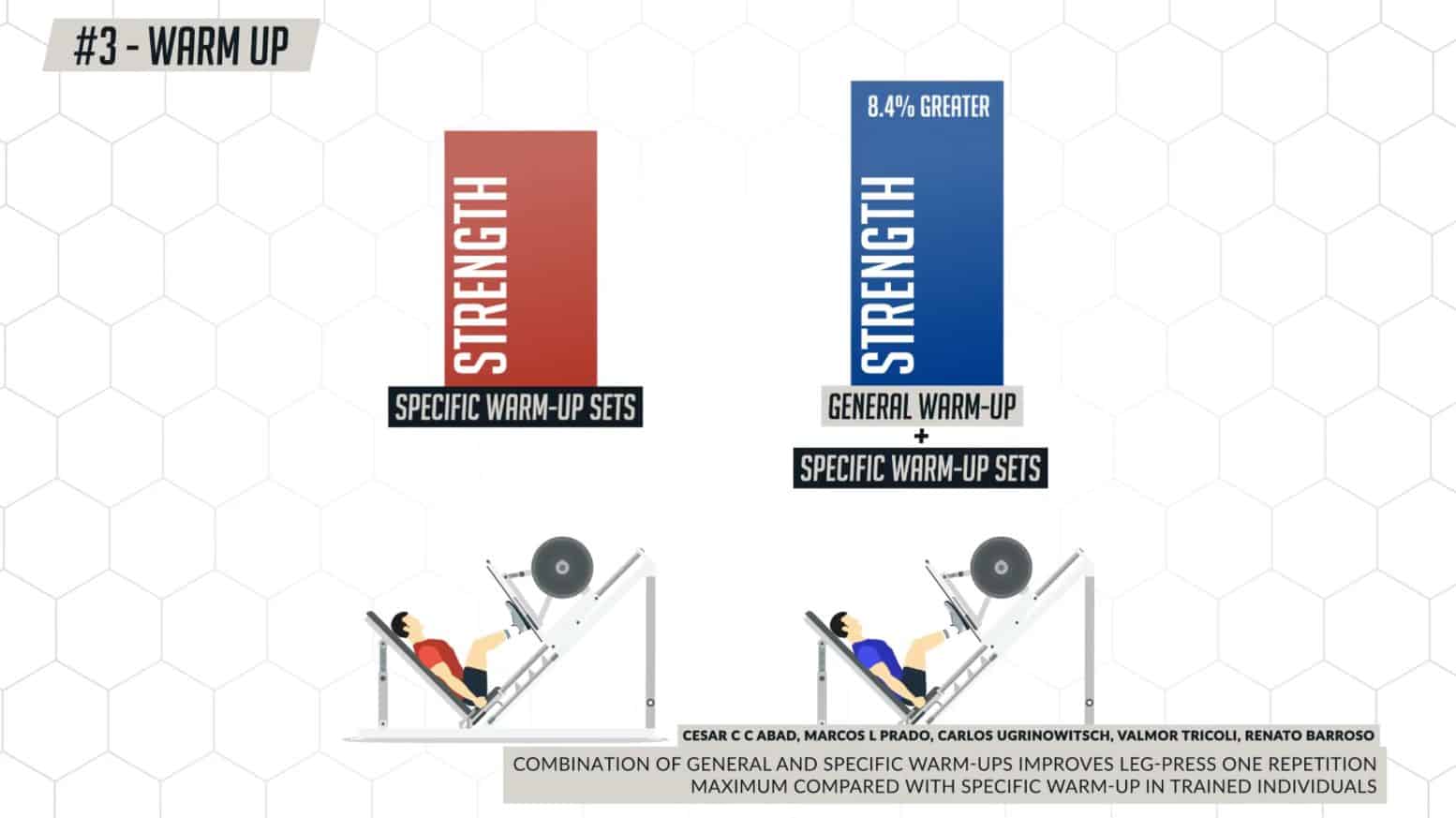
Another 2013 paper found similar results. This was so long as the general warm up wasn't too high in intensity. And, instead, just enough to raise the temperature of the muscles about to be worked.
How To Structure Your Warm Up Before Heading Into Your Working Sets
What does this mean for you? For the best results, the general part of your warm up should consist of about 10-15 minutes of low-intensity cardio and/or dynamic stretching focused on the muscles you're about to work. For example, here are the things you could do before your workout if it was:
- Upper-body focused - Elliptical, rowing machine, or upper body dynamic stretches
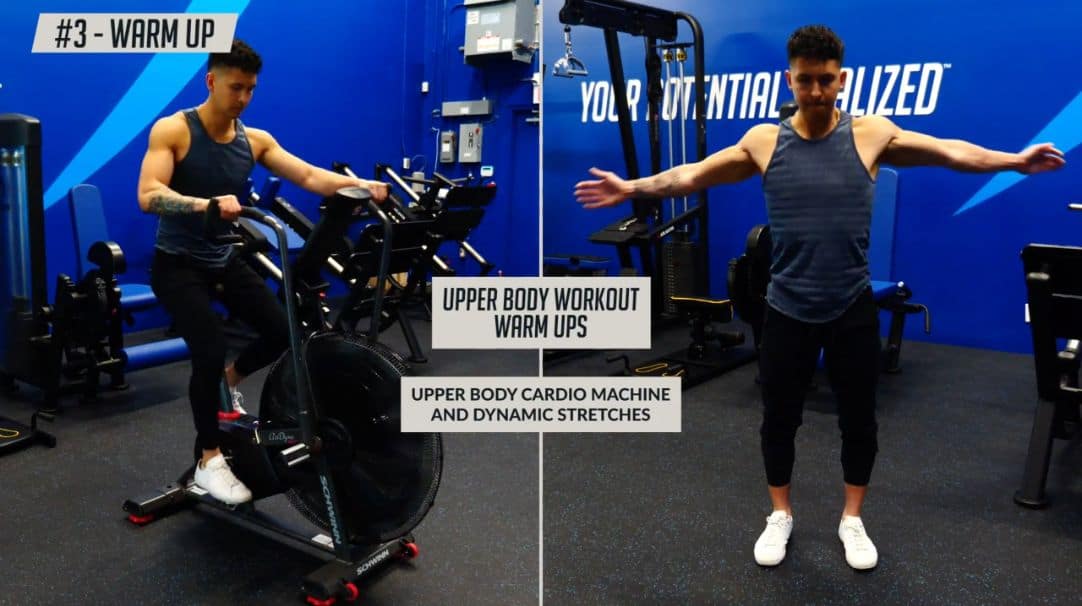
- Lower-body focused - Spin bike, and lower body dynamic stretches like leg swings and deep squats
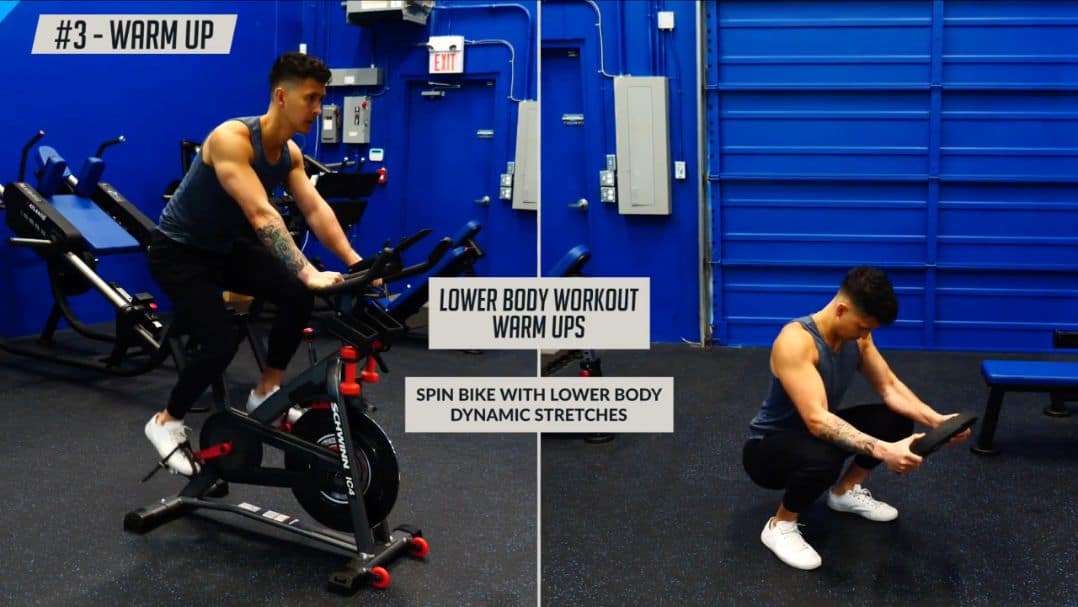
After the general warm up, it's best to move onto a specific warm up using warm up sets. And the best way to do this is by progressively increasing the weight over 2-3 sets for your first exercise for a given muscle group. A good recommendation is to perform the following 3 warm up sets:
- Set 1: 50% of your working weight for 10 reps
- Rest 1 minute
- Set 2: 70% of your working weight for 6-8 reps
- Rest 1 minute
- Set 3: 90% of your working weight for 1-2 reps
- Rest 2 minutes
- Begin first working set
This is generally just enough to get your muscles, joints, and nervous system warm and ready for the working sets you're about to perform. Yet, without being excessive to the point where you're overly fatigued before you've even begun your first set.
Pay Attention To What You Do Before A Workout To Experience More Gains
Overall, guys, I hope you were able to see the importance of paying attention to the things you do outside of your workout. As that is honestly where most people screw everything up - and is why many who train consistently and train hard STILL struggle to see results.
That's exactly why at Built With Science, we've created step-by-step programs that not only show you exactly what to do during your workouts but also shows you exactly how to eat and recover outside of those workouts so that you can build muscle and strip off excess fat in the most efficient way possible. To join today:
Click the button below to take my analysis quiz to discover the best program for you:
↓


